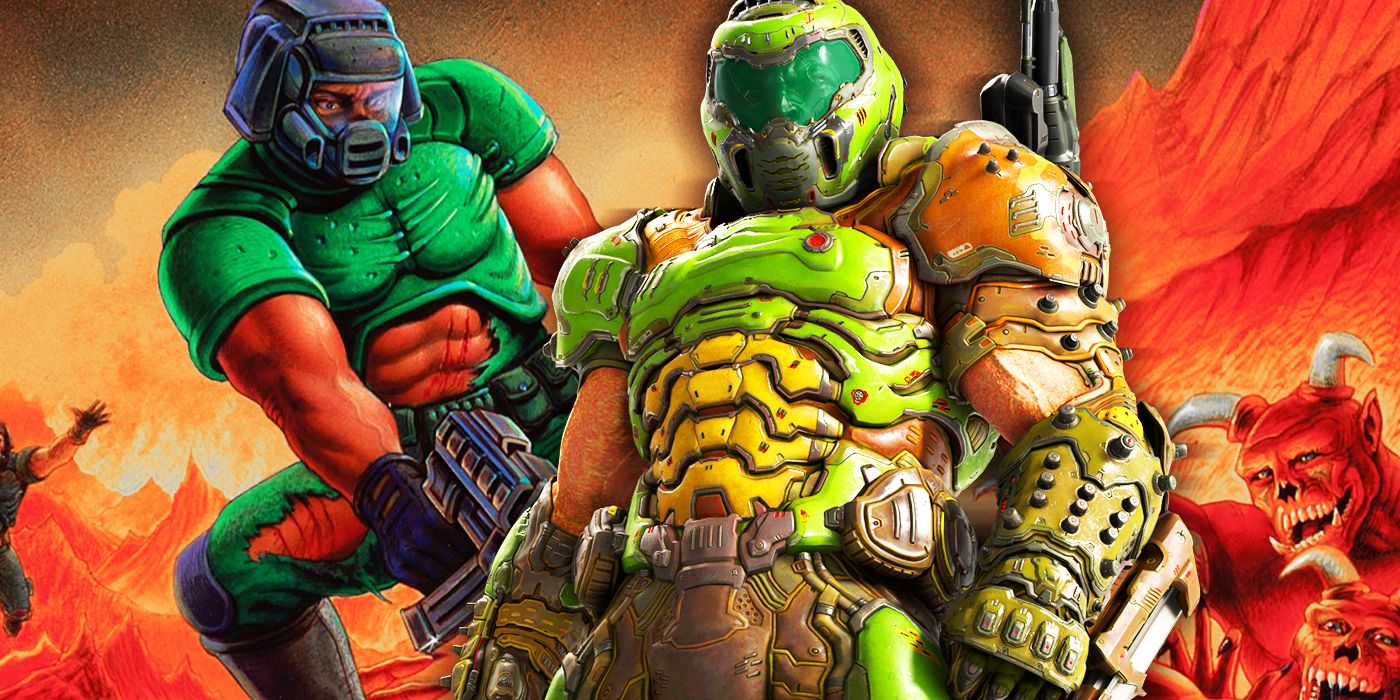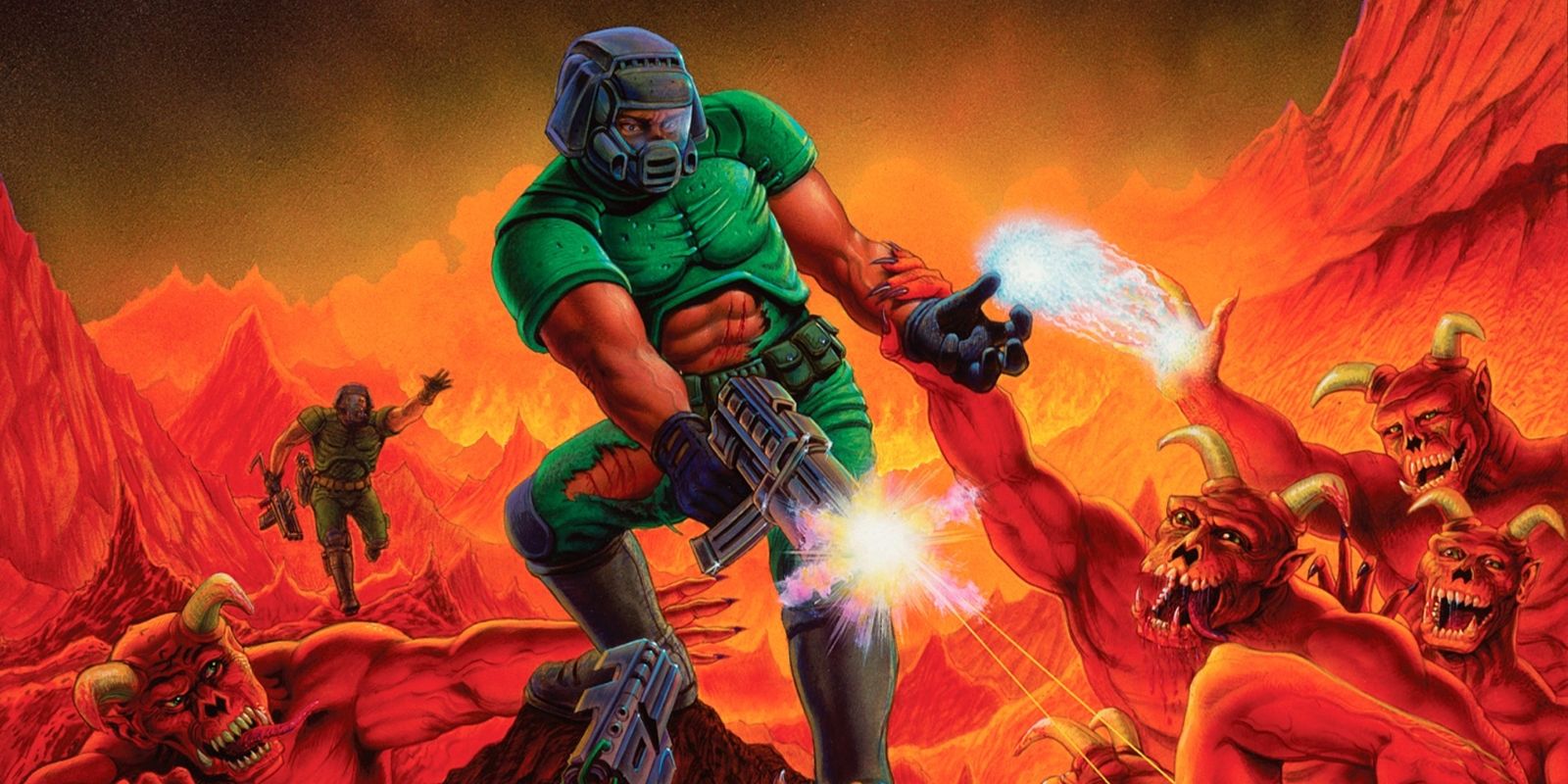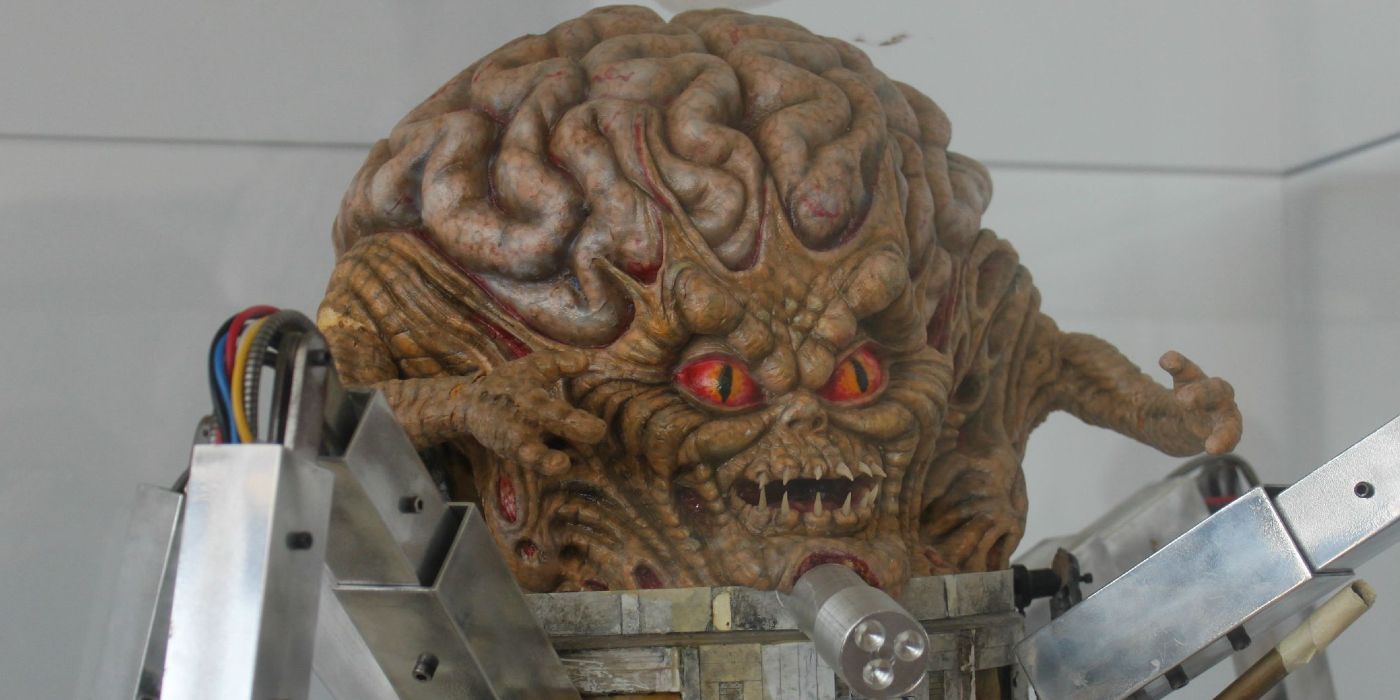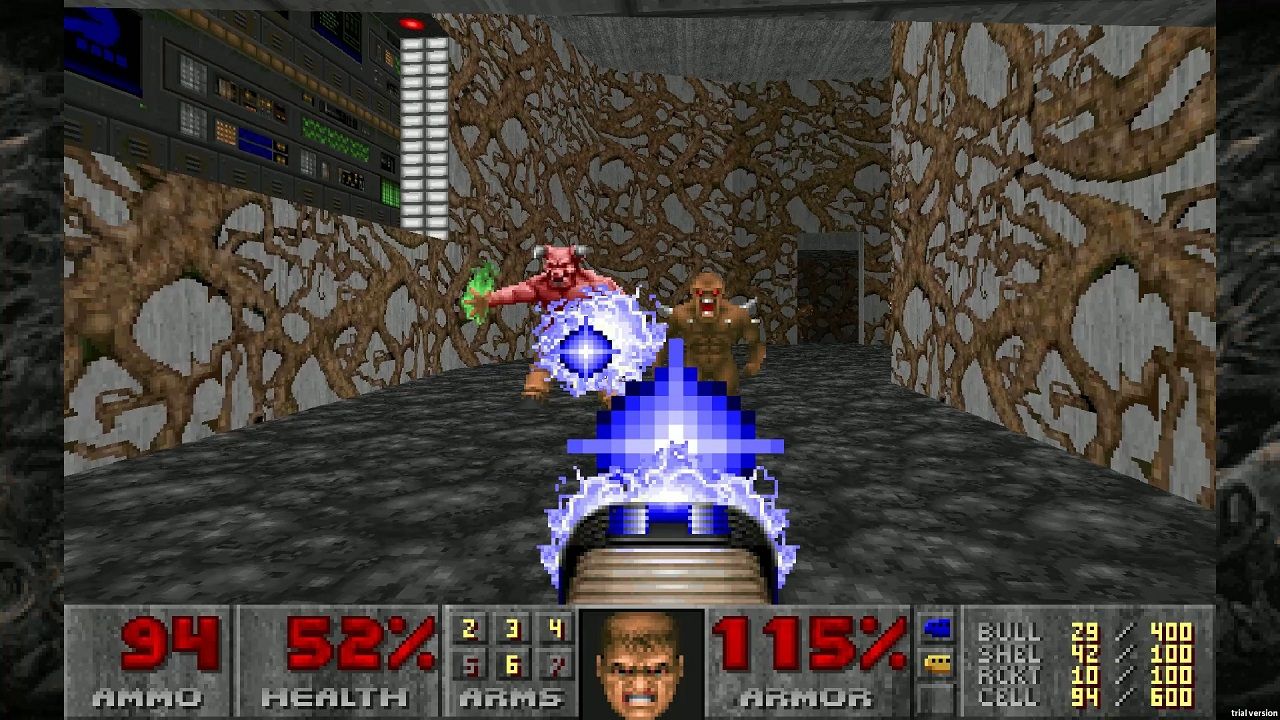In the year 1992, id Software was riding high on the successful launch of Wolfenstein 3D, a classic FPS that is often referred to as the grandfather of 3D shooters. Not content with resting on its laurels, id immediately began to look to the future after work on the Spear of Destiny expansion for Wolfenstein was completed. The path id started down led to DOOM, cementing id's name in the annals of gaming history.
The team was unwilling to return to its Commander Keen series after enjoying work on the more mature Wolfenstein, and the success of the game inspired the studio to pursue more titles like it. With an initial development team of just five people, id began work on the project that would catapult them into superstardom.
John Carmack, co-founder of id, had devised an in-depth Dungeons & Dragons campaign that the team regularly played. In this campaign, there was an alternate world inhabited by demons. After months of playing, co-founder Jon Romero made a deal with the devil, hoping to gain immense power in the game. But it was not meant to be. The world was overrun with demons and everyone was killed.
The campaign left a great impression on id, and thus Carmack's proposed concept for id's Wolfenstein follow-up was a game about fighting demons using advanced technology. The team loved the concept and got to work. John Carmack would soon choose the name DOOM, inspired by a line from the 1986 film, The Color of Money.
Co-founder Tom Hall, lead designer and creative director at id, didn't want DOOM to have the same lack of story that Wolfenstein did. So, he devised a meaty DOOM bible detailing characters, locations, and plot points. John Carmack, however, dismissed the idea of a deep story, famously stating in the 2003 book Masters of DOOM that "story in a game is like story in a porn movie; it's expected to be there, but it's not that important." Romero wanted an experience that was fast and brutal, so spending time developing the plot would not fit with that vision.
Hall would produce the first drafts of the game's levels, but the team considered them to be too flat and reminiscent of Wolfenstein 3D. So, Jon Romero began work on his own levels which were much more dynamic. Hall was frustrated by the scrapping of the bible and his levels, so he spent much less time at the office. In response, Hall was fired.
The last of id's co-founders Adrian Carmack (no relation to John Carmack), who was the lead artist for the game. DOOM was the exact type of experience that he had always wanted to develop: dark in tone and full of demons. Some enemies such as the Spider Mastermind were sculpted out of clay or latex and captured in stop motion, digitized, and converted into sprites by a program John Carmack created. The intention was to evoke an unsettling effect with mixed media.
DOOM's weapons were based on toy guns, and some were mixed and matched in order to create the now-iconic plasma rifle and BFG-9000. id hired Bobby Prince to work on the soundtrack, just as it had done with Wolfenstein 3D. Romero wanted metal and techno-styled tracks, so many of the ones in-game are directly inspired by songs from bands such as Pantera and Alice in Chains. Prince however was set on more ambient music in order to create a haunting atmosphere. Romero ultimately liked each style of music and included both within the game.
In late 1993, John Carmack began work on the multiplayer, and within just two weeks he had two computers playing together via an internal network. Shortly after, id would be playing four-player matches. Jon Romero would coin the term deathmatch to describe these battles, a term that is now widely used in FPS games.
DOOM's initial release date was the third quarter of 1993 but the team wasn't able to meet this. In order to complete the game before the end of the year, id worked non-stop. Employees even slept at the office. Finally completed on December 10, the first episode of DOOM was uploaded to the internet, immediately crashing servers as tens of thousands of fans attempted to install the game.
At the beginning of 1993, id Software produced a press release boldly claiming that its next game would be "Wolfenstein times a million!" This confidence was well-founded. DOOM received rave reviews. Office productivity fell astronomically as employees played DOOM deathmatches instead of working, causing employers to ban the playing of the game. At the time, it was an incredibly realistic experience, which led to many controversies. It was seen as 'too real' by concerned parents and its gore and satanic elements created a moral panic surrounding DOOM.
DOOM made the staff of id Software millionaires and legends. By 1995, it was estimated that the game was installed on more computers than Windows. The game inspired countless FPS releases in the years that followed, and the impact of DOOM was so strong that the industry referred to these games merely as DOOM clones for years before the term first-person shooter became popular.
To this day, DOOM's influence can be felt across the video game industry as a whole, but especially in regards to shooters. DOOM paved the way for the immensely popular online multiplayer of Halo and Call of Duty and created a level of visceral fun that other studios would struggle to compete with. To think that five friends playing Dungeons & Dragons would end up sending the whole world to hell.




